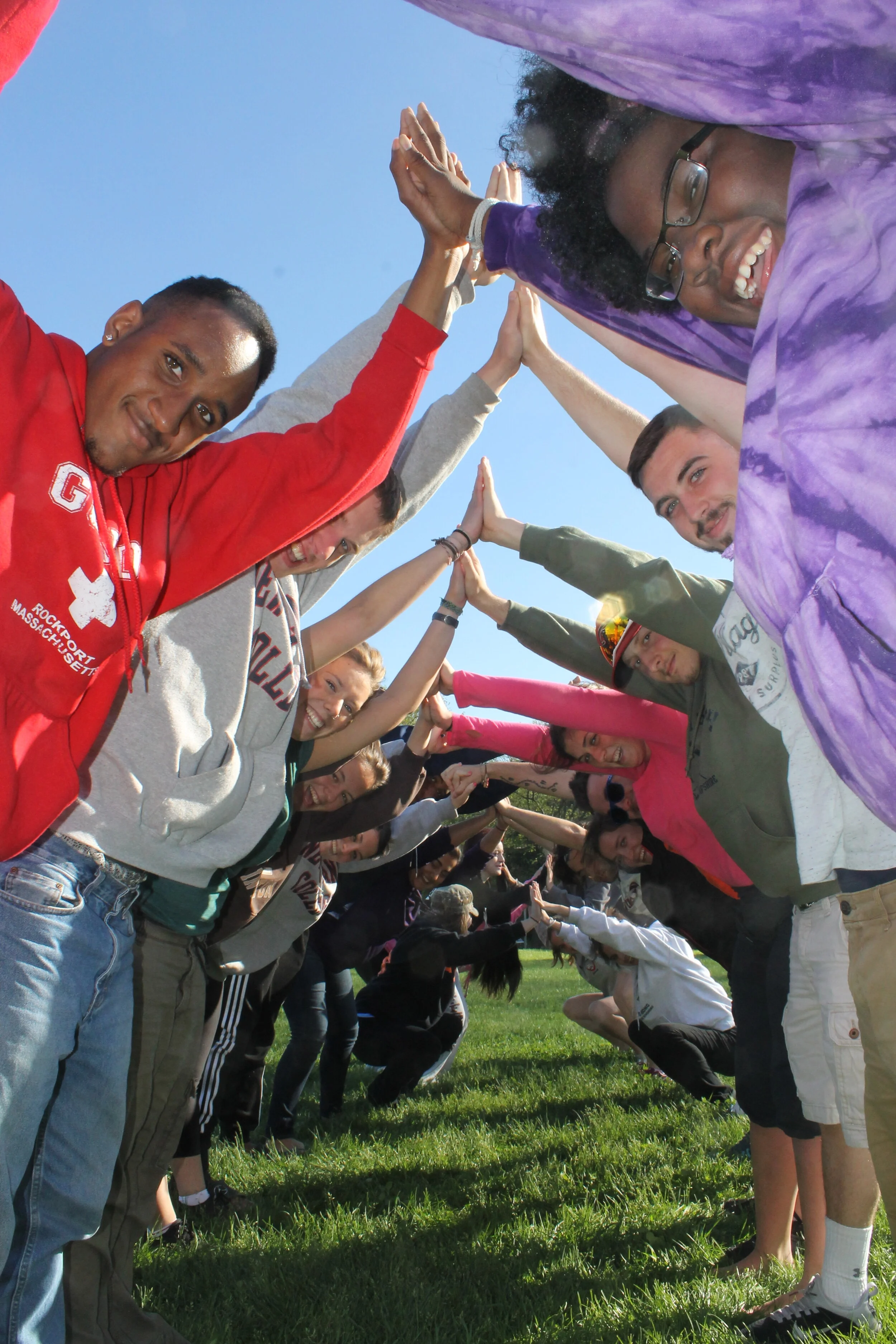For at least two decades, nationally and in New Hampshire, there has been a push to diversify college campuses. Schools have created diversity offices, put resources into recruitment, implemented policies and been vocal about their desire to make higher education a more inclusive place. While there has been some progress on this front in New Hampshire, a review of enrollment data from the five largest, four-year, undergraduate schools—Dartmouth College, Keene State College, Plymouth State University, Southern New Hampshire University and University of New Hampshire — shows some have struggled to move their numbers beyond where they were nearly 20 years before.
At Dartmouth College, an environment of wealth and privilege might be changing in campus-life, but certainly not in the lecture halls
Between 2002 and 2020, undergraduate enrollment of first-generation students at the school doubled, from 7% to 14% Even though nearly a fifth of Dartmouth students are considered “low income” the school’s enrollment skews towards students from upper income households. The median family income of a Dartmouth student is $200,400, The New York Times reports. About 69% of Dartmouth students come from the nation’s 20% highest-earning households, those earning $110,000 or more per year. More than one-fifth of students come from the highest-earning 1% of American households, or those earning over $630,000 per year. Dartmouth is one of 38 colleges in the U.S. that enrolls more students from the top 1% than from the entire bottom 60%. For comparison, at UNH and Plymouth, around 2% of their students are from the top 1%. At Keene State and SNHU, less than 1% of their students come from the top 1%.
NH campuses face a tough sell in bid for minority students
New Hampshire’s colleges and universities say they are trying to foster greater diversity, but they’ve had limited success. Black student population at the University of New Hampshire, Plymouth State, Keene State and Dartmouth totaled 550 in 2010. In 2019 it was 570, a tiny number compared to the overall student population of 24,465 at the four schools. Cost and existing lack of diversity in the state are challenges; story discusses options for what schools and state can do to change this.
New England College in Henniker works to recruit diverse student body
In a state where colleges struggle to recruit a diverse student body, New England College in Henniker reports that currently 36.2 percent of its 1,135 resident students identify as African American, Hispanic, Asian or more than one race. Michele Perkins, who has been the college’s president for 14 years, said that at one time people told her the goal of campus diversity in a rural area of the Granite State would be “impossible or very difficult.” “I didn’t believe it,” she said.
For diverse students, affinity groups provide a safe haven
Whether known as peer-led support groups or affinity groups, a crucial strategy in attracting and retaining students of diverse ethnic and cultural backgrounds is fostering ethnic-oriented student organizations to provide encouragement and counter feelings of isolation. Data and research show these groups can have an impact on retention rates among college students of color by creating a sense of belonging.




